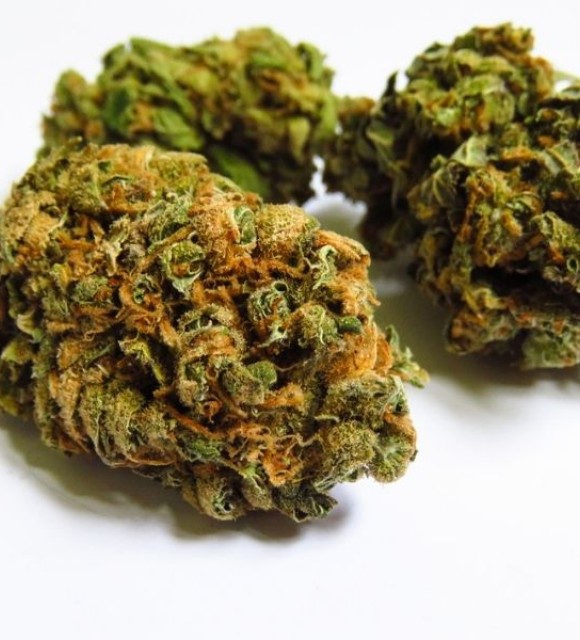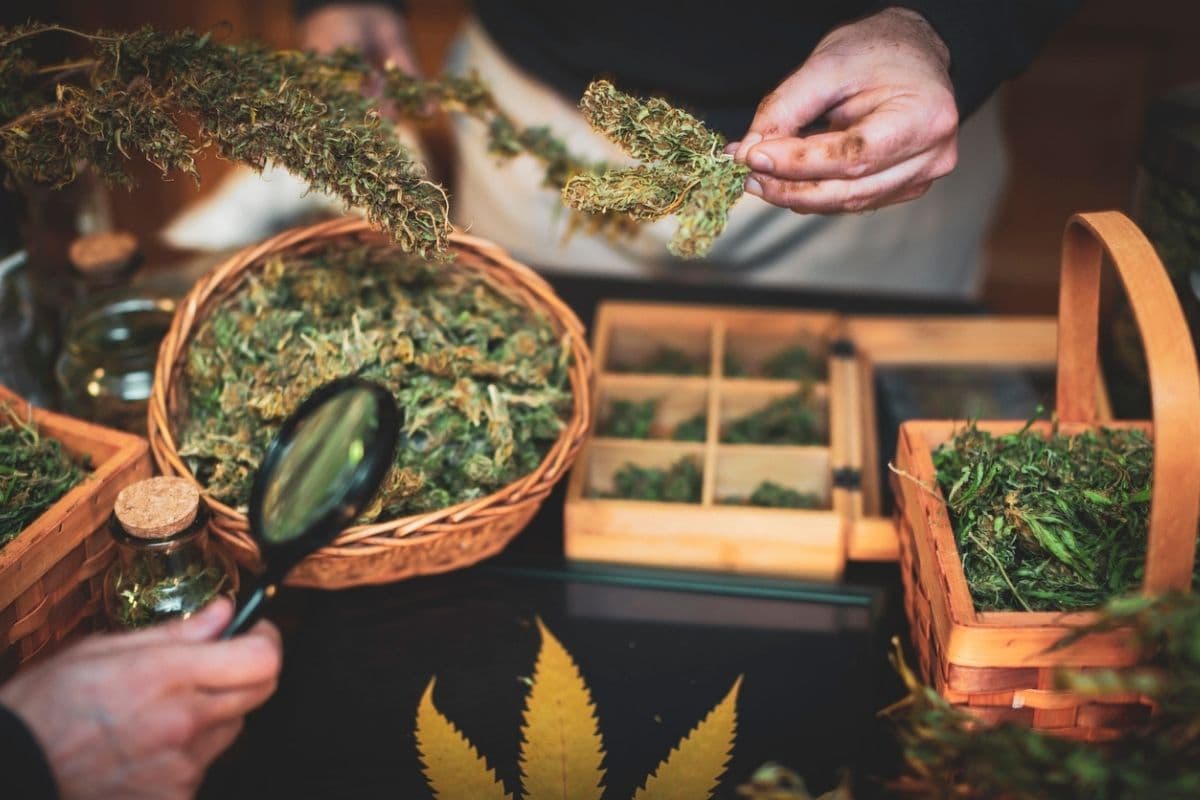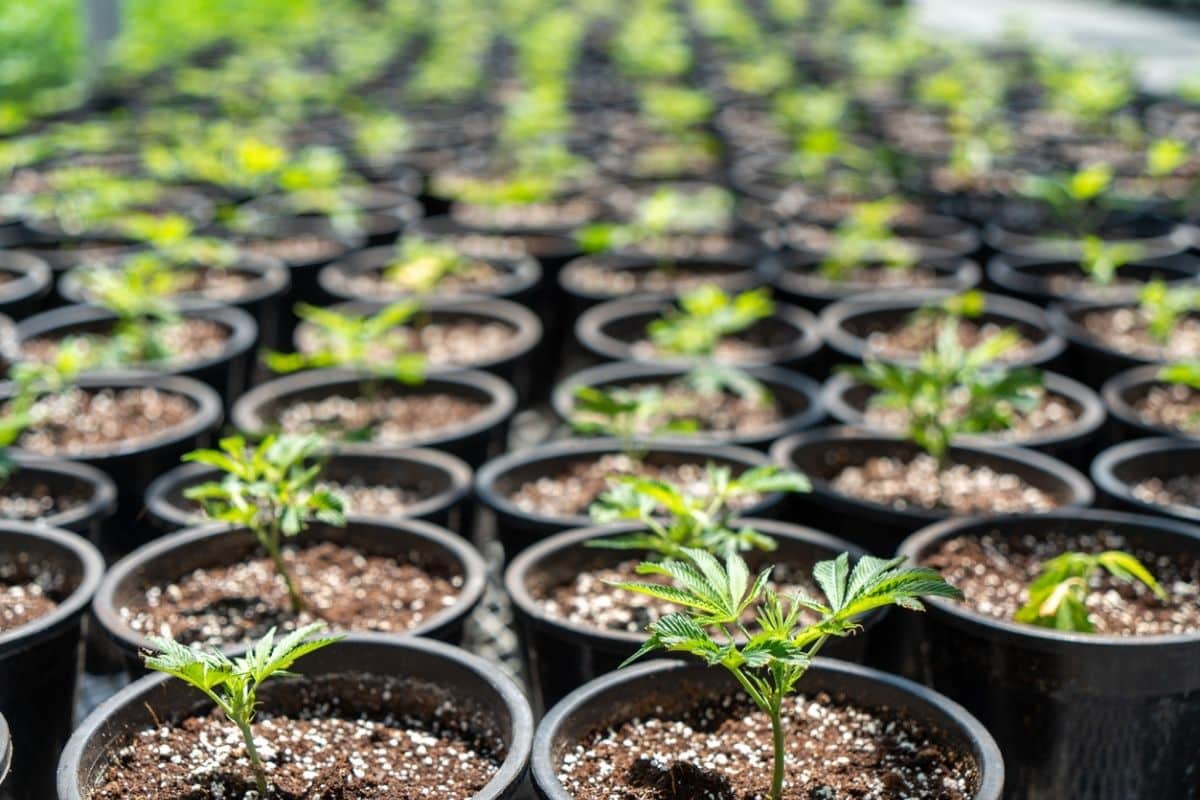Usually, we tend to refer to cannabis as if it were one specific plant. Yet, like tea, cannabis is broken down into a myriad of subdivisions of the same genetic make-up. In short, cannabis refers not so much to a single plant but, more extensively, to a collection of plants that all belong to the same plant order.
Even if, on the whole, all varieties of cannabis are attributed to the same methods of consumption, one should not expect them to be identical to each other. Just as tea is brewed or enjoyed as a herbal tea regardless of the variety, you will not taste two that are similar. In this article, we invite you to discover the most famous varieties of hemp.





